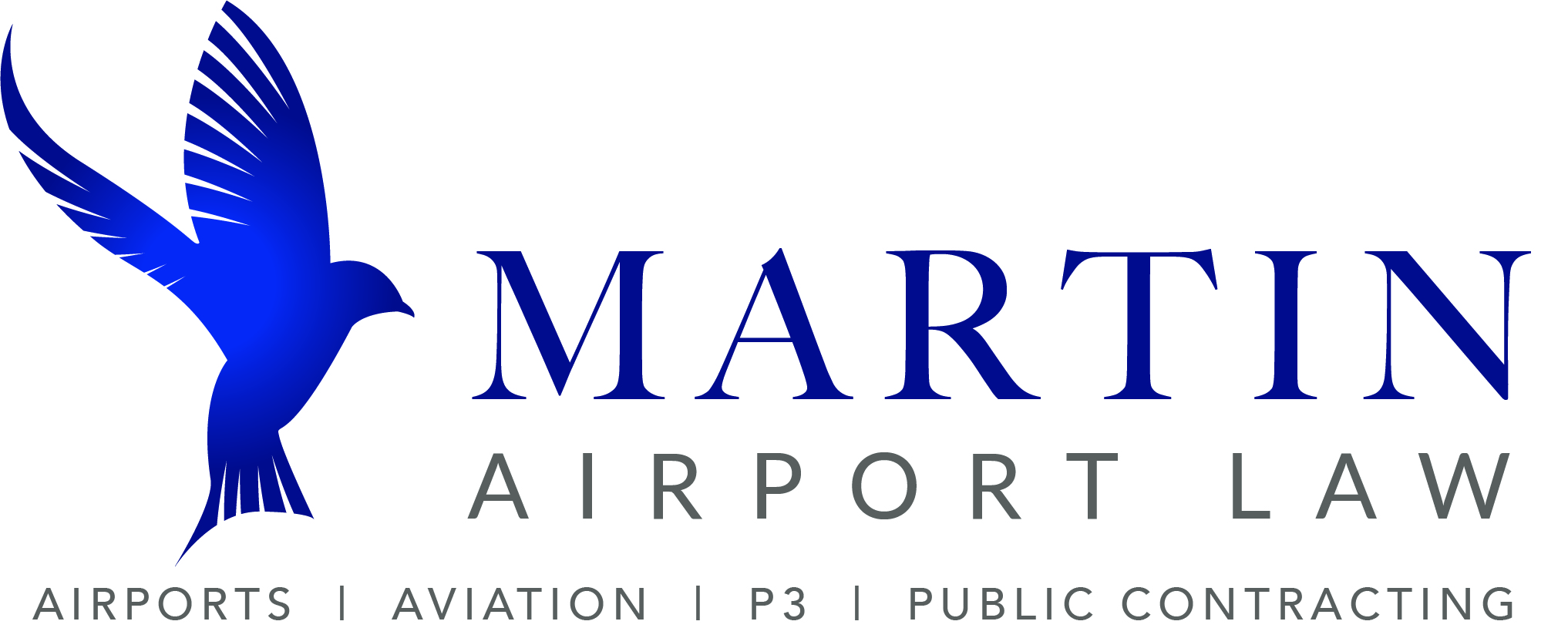How Grant Assurance 24 Works For Airports
I’m excited to be joining Airport Business Magazine as a regular contributor, and look forward to future columns about the fascinating world of airport law. If you have a topic you would like to know more about, feel free to contact me at [email protected]. It may just end up as a future column! This month I’m going to focus on just one of the grant assurances that might apply as you work to diversify your revenue sources through the lease of non-aeronautical property for use or development by a third party: Grant Assurance 24, Fee and Rental Structure. Many of you are familiar with the federal grant assurances that apply to airports that have accepted federal funding (there are nuances regarding the type of grant, when you accepted, it, etc. that are outside the scope of this article). Restrictive covenants may also be found in other applicable documents, like deeds, so a deep dive at your airport into the sources of your specific obligations should include those as well. Suffice it to say that once an airport accepts federal grant money, there are a LOT of strings attached.
Grant Assurance 24, Fee and Rental Structure, provides, in pertinent part, that the sponsor of a federally obligated airport: “…maintain a fee and rental structure for the facilities and services at the airport which will make the airport as self-sustaining as possible under the circumstances existing at that particular airport….” So what does that mean for an airport that has decided to lease some of its land for development or use by a third party? Essentially, it means that lease rates for airport property used for non-aeronautical purposes must be based on fair market value, and there should be periodic escalations of rent over the term of the lease. Both FAA Order 5190.6B, Airport Compliance Manual, and Compliance Guidance Letter 2018-3, Appraisal Standards for the Sale and Disposal of Federally Obligated Airport Property, contain additional helpful information about using the appraisal process to establish fair market value (FMV).
Importantly, the requirement to be self-sustaining does not mean that an airport may not charge MORE than FMV for the development of non-aeronautical property. In other words, the fair market value can be the floor, not the ceiling, of your rates. This can be challenging for some airports to operationalize because it is easier to say to a prospective tenant that your annual rental rate per square foot is $.40, based on a recent appraisal, than negotiating for a higher rate, but if you take this chance to start the negotiation at above FMV, you could see higher returns on the use of your property, which is, after all, the goal of developing or leasing it in the first place. Ground rent at FMV is the floor, but whatever else you are able to negotiate is not prohibited, and can bring in additional revenue. For example, if you are leasing a parcel of land on your airport property to a convenience store, you should receive at a minimum fair market value for the ground lease, but you may also be able to receive a percentage share of the store revenue, maybe even broken up by category of items sold. What if the convenience store then leases space in its leasehold to an electric car charging company – if you’ve crafted your request for proposals and/or lease agreement correctly, you will be able to also receive revenue from that.
Applying Grant Assurance 24 to real estate development should also be used to capture your other costs of ownership – do you need to recoup site development costs, or the extension of utilities or roadways to the development site? Are there any continuing operational costs, such as an access road that the airport will be maintaining? What about mowing of grass or tree trimming for any height restrictions? Will the airport maintain and replace signage? As you think about developing your property in the context of Grant Assurance 24, don’t leave money on the table. Even a relatively simple, short term lease agreement to allow a nearby company to use some of your land for parking trucks or employees can result in additional non-aeronautical revenue and cost-recapture if you leverage Grant Assurance 24 to evaluate what true self-sustainability looks like. At the same time, each airport’s marketability and desirability for development or use is different, which is why Grant Assurance 24 includes that critical condition “as self-sustaining as possible under the circumstances existing at that particular airport”. Even if you are not able to receive FMV for available property, or recapture all of your costs, knowing the FMV and your true costs helps you make an informed decision as to the other value you might receive in return (increased jobs, more air service, etc.).
Thinking creatively about how you can use the grant assurances to your benefit to increase your revenue starts far before the lease stage. It is easier to receive more money from your land when you have multiple interested parties, and ensuring you have several parties interested takes time and long-term planning. Get involved in discussions at your airport as you review and update your Airport Layout Plan or master plan. Think about what parcels might be of interest to local developers, or tenants – like a convenience store, or logistics and distribution center, or additional private hangars, and try to identify those appropriately in the relevant documents. As you move through the appropriate stages for your airport regarding developing or leasing land, ask proposers or potential partners to tell you what they will pay you per square foot, as well as propose other revenue streams. Remember, you don’t want to settle for less than FMV, but you can always try for more.
Source: https://www.aviationpros.com
Read the article HERE
